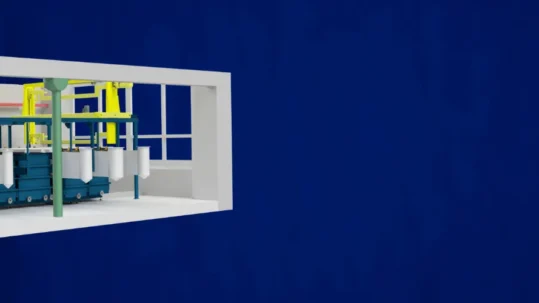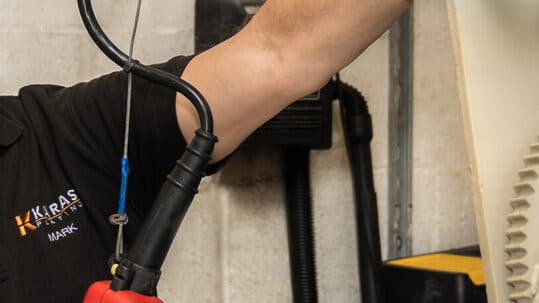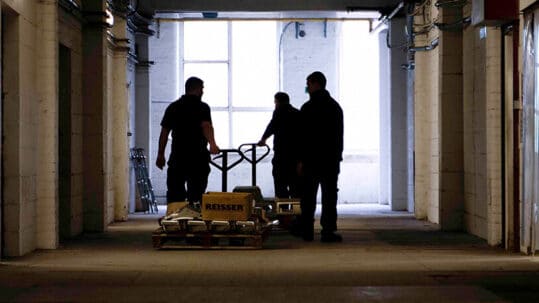
Keep yourself up-to speed with latest news from Karas Plating and the world of electroplating, surface coating metal finishing.
Our brand-new metal prep area is now up and running!
Listen to Ian Molyneaux, our Sales and Logistics Manager, as he shares the fantastic benefits it brings to our operations.
02 May, 2024Karas Plating Limited Installs a new state-of-the-art fully automated production line for busbar silver electro-plating.
Find out why the Cycle to Work scheme provides financial and health benefits to your employees while also saving the planet.
18 April, 2024Cycle to Work Scheme
Find out why the Cycle to Work scheme provides financial and health benefits to your employees while also saving the planet.
28 July, 2023Safe and Secure: Karas Plating Earns Cyber Essentials Accreditation
We are delighted to announce that Karas Plating has successfully achieved its Cyber Essentials accreditation. This milestone is a testament to our dedication to cybersecurity across all our operations.
04 July, 2023Our Accreditations
Karas Plating is a fully accredited metal finishing firm, providing quality electroplating services across the UK.
22 June, 2023The Anord Mardix Big Cycle 2022
Recently, Ian and Nathan – two members of the Karas Plating family – took part in a local charity cycling event to raise money for the North West Air Ambulance service.
01 August, 2022A safe place to work: celebrating our ISO:45001 certification
The electroplating industry is a potentially dangerous one. We work with a wide range of hazardous materials including several acids and phosphates.
27 November, 2020Delivering high-quality plating solutions to British manufacturers
Considering the important role they play in power distribution, they are a remarkably simple tool, being little more than strips of copper, aluminium, or brass designed to both conduct and ground electricity.
02 September, 2020










